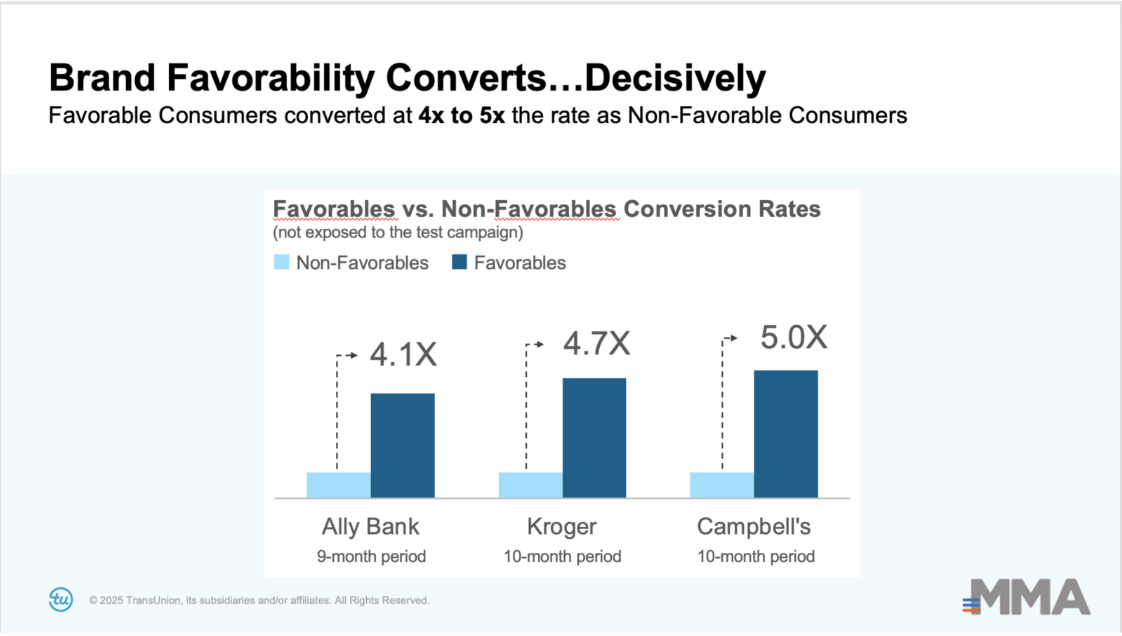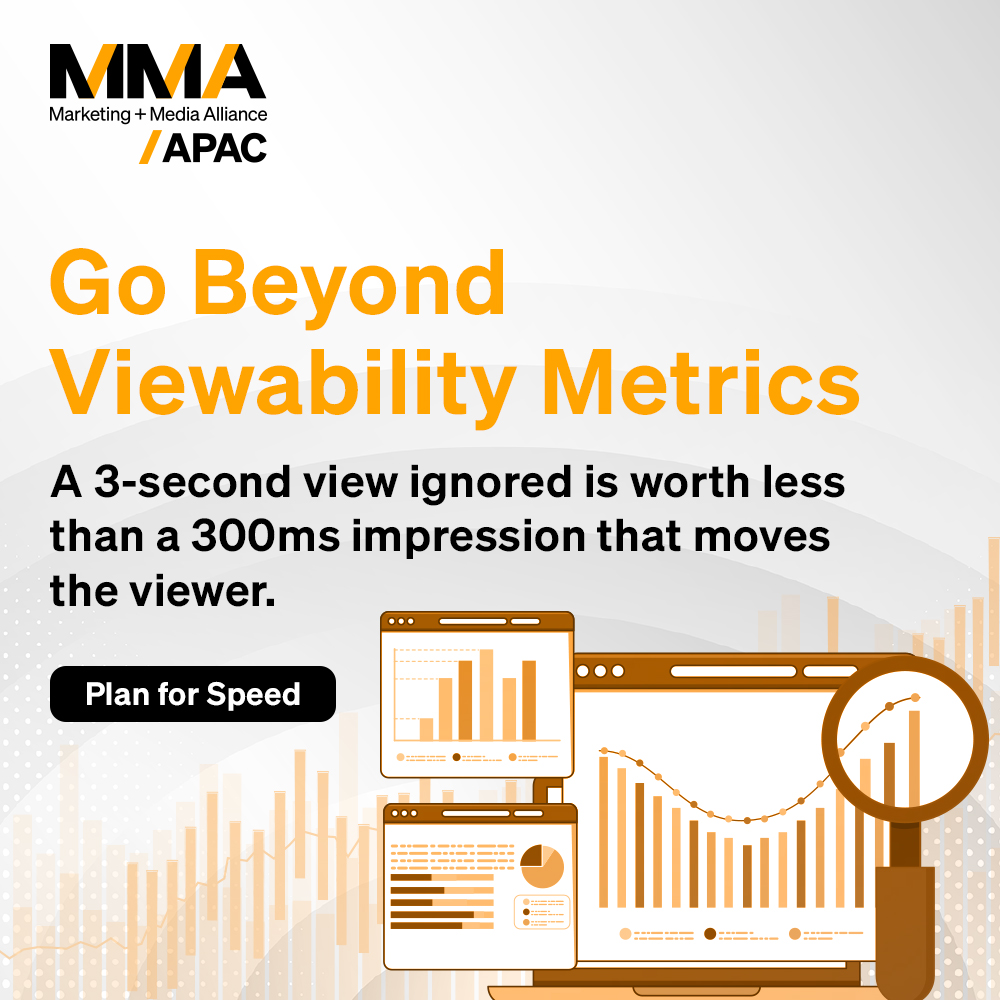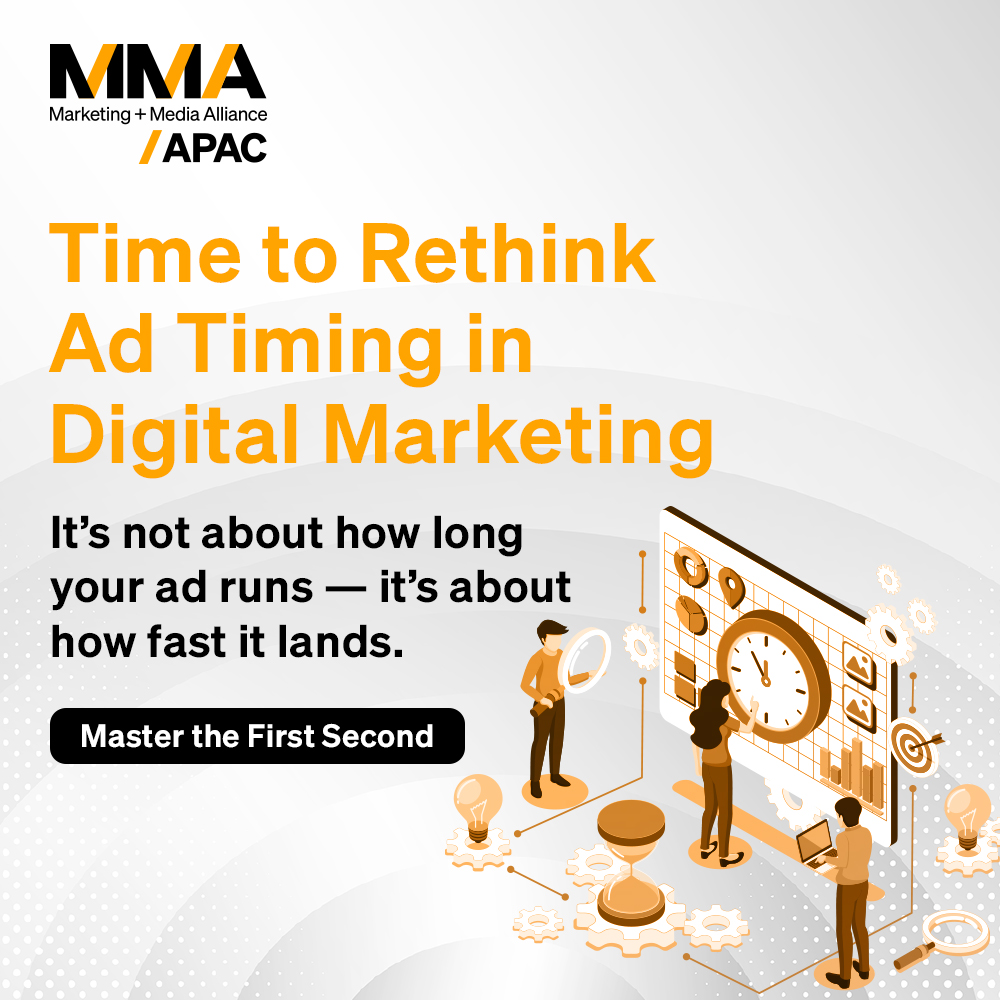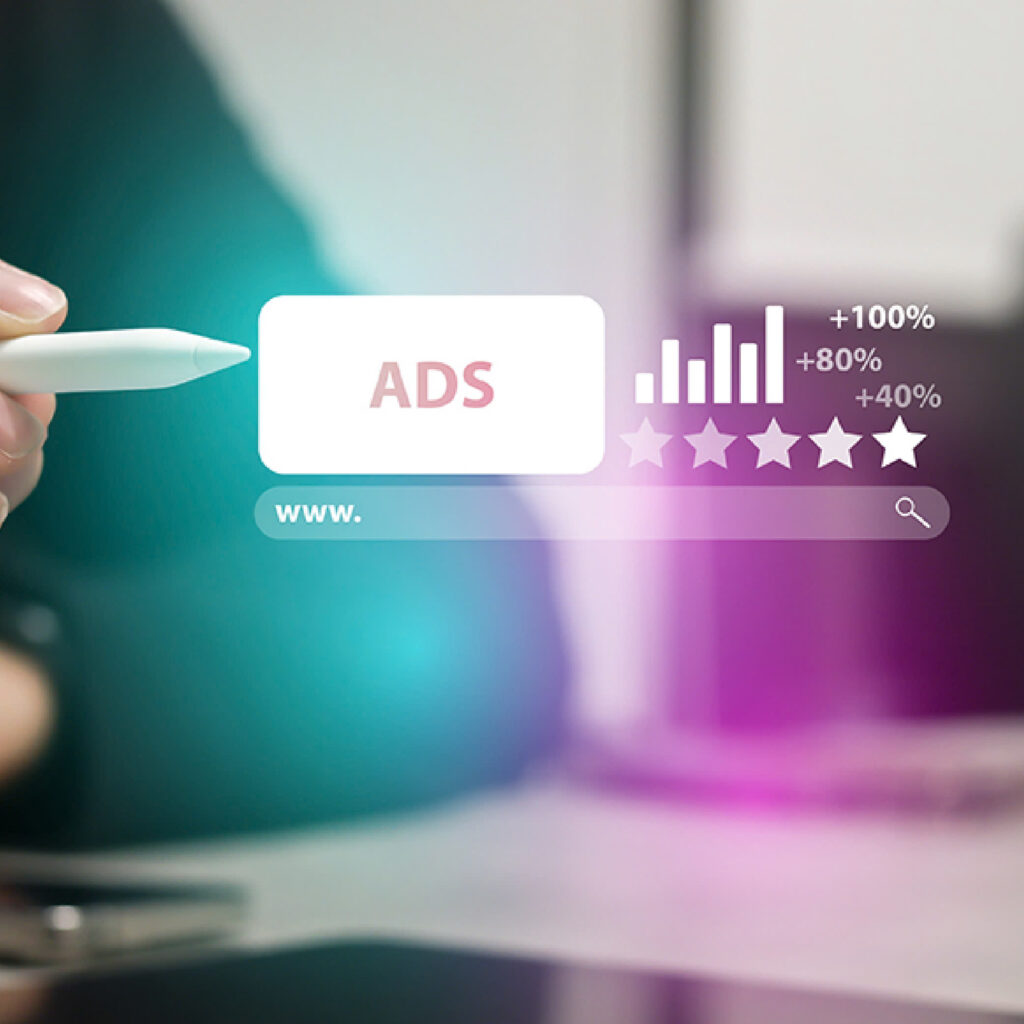
Marketers often split their budgets into two camps: performance for quick wins and brand for long-term awareness. Performance gets the dashboards and dashboards get the budget. Brand is left fighting for justification. But new research from the Brand as Performance (BaP) initiative proves that this split is misleading. Brand does not just support performance — it multiplies it.
Why short-term measurement hides the truth
Most marketing reports stop measuring impact the moment a campaign ends. That’s convenient for quarterly reporting, but it misses the majority of value. BaP studies reveal that the long-term effect of advertising is 1.8x to 6x stronger than the short-term effect. In other words, much of advertising’s ROI is invisible if you only look at immediate sales.

The data from Kroger illustrates this perfectly. The retailer discovered that more than 80 percent of sales lift came in the seven months after the campaign had ended. By stopping measurement early, marketers risk discarding the very results that justify their brand investment.
Favorability as the multiplier
The multiplier effect begins with favorability. Consumers who view a brand favorably don’t just respond to ads more often — they respond at dramatically higher rates. Across categories, favorable consumers convert at four to five times the rate of non-favorables.
At Kroger, new favorable non-customers converted three times higher, while favorable existing customers stayed longer and purchased more. This shows how brand works at both ends of the funnel: it accelerates acquisition and strengthens retention.
A growth engine across industries
The multiplier effect is not limited to retail. Banking, food, and telecom brands included in BaP research all showed the same pattern:
- Favorables respond better to advertising.
- Long-term effects exceed short-term results by wide margins.
- Growth compounds across acquisition, retention, and purchase volume.
How marketers can unlock the hidden value
The findings point to three actions every marketer should take:
- Expand measurement windows. Track impact for months, not weeks, to capture compounding returns.
- Elevate favorability to a core KPI. Treat it as both a brand metric and a leading indicator of sales.
- Balance investment. Don’t chase only immediate ROAS; fund brand-building tactics that create the multiplier effect.
Closing thought
The hidden multiplier effect of brand is no longer hidden. It’s quantifiable, repeatable, and consistent across industries. When marketers invest in brand, they are not just buying awareness — they are buying a growth engine that compounds over time. The message is clear: stop undervaluing brand. If you want to maximize sales growth, brand is the multiplier you can’t afford to ignore.



















